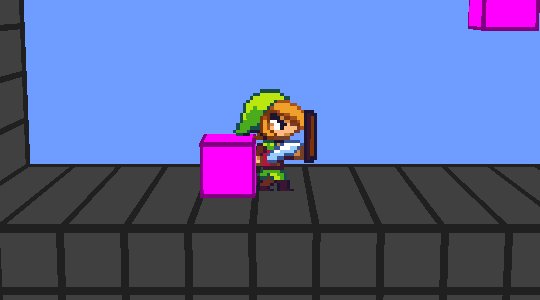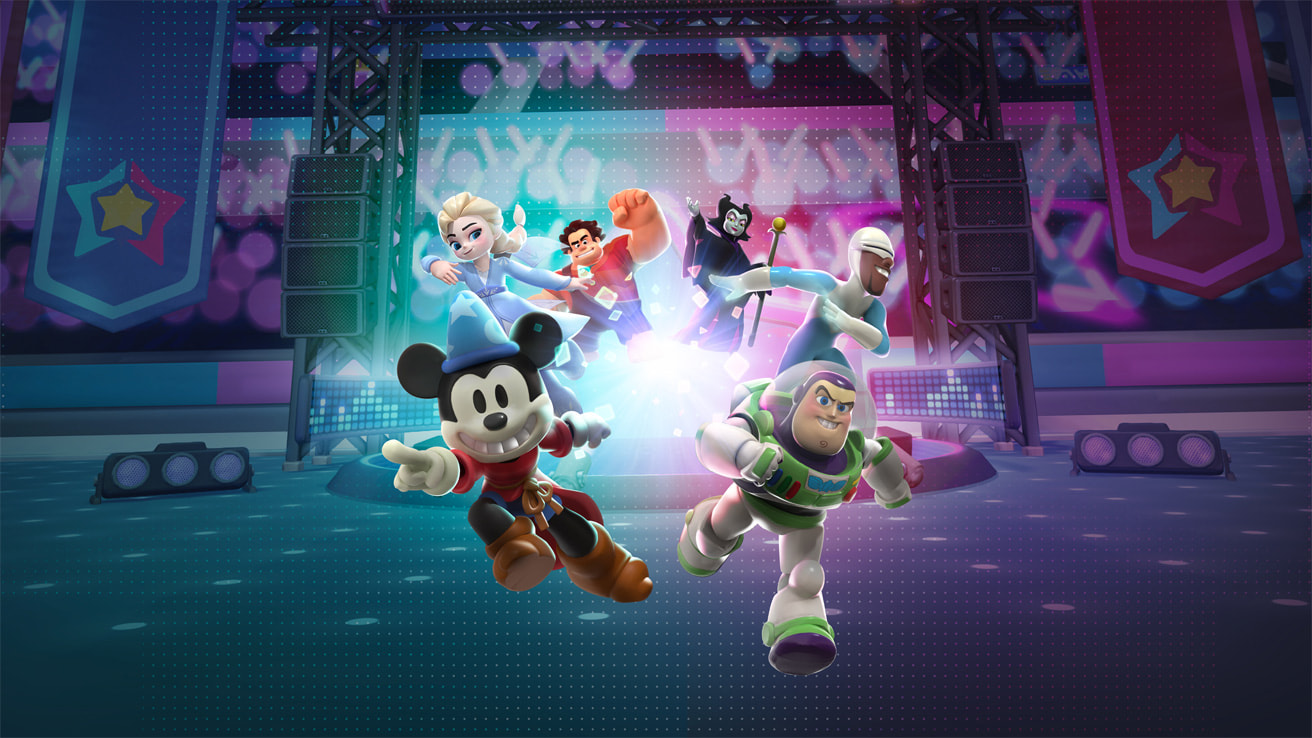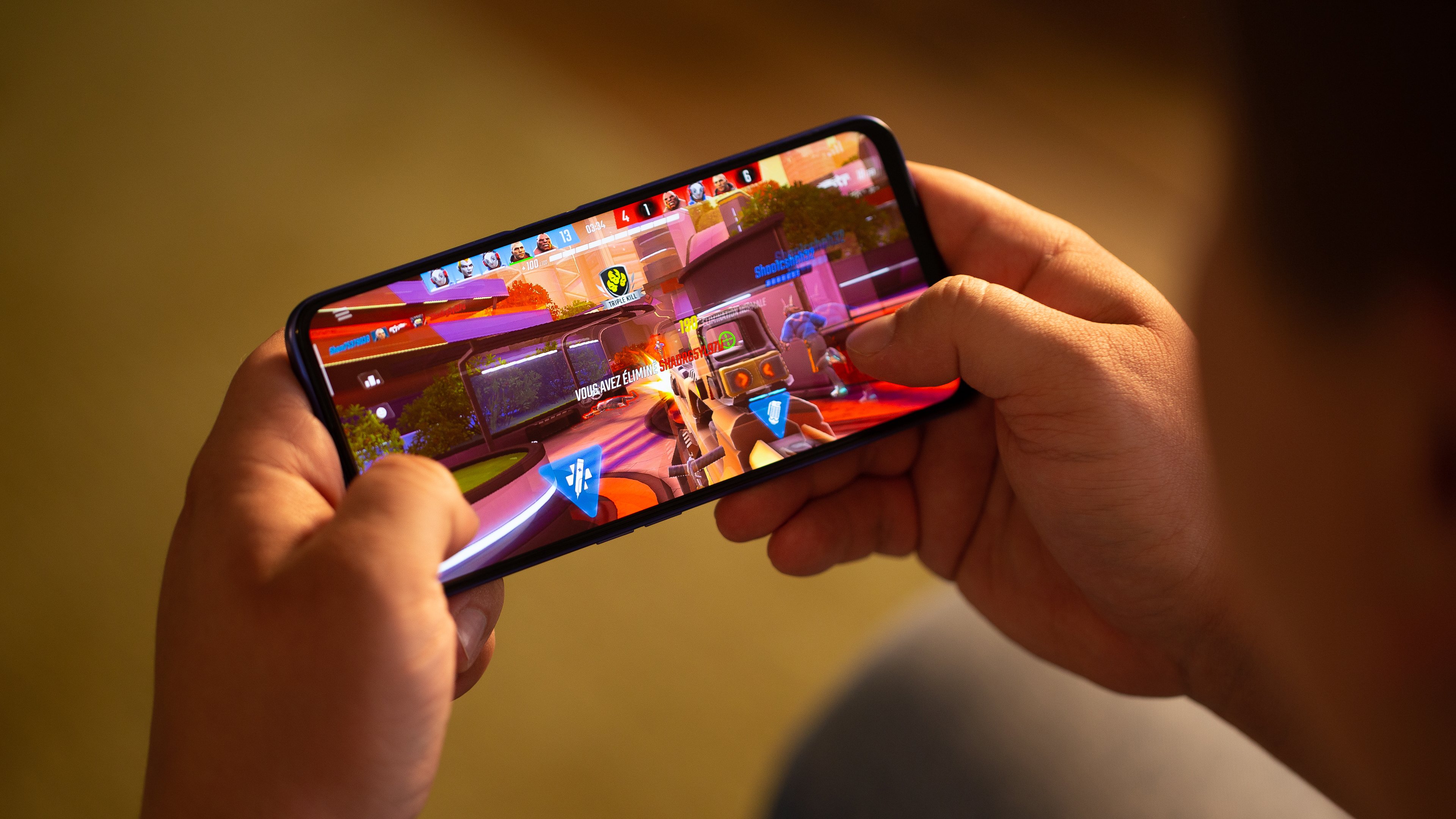EXPLORING THE BACKGROUND FILE IN GAME MAKER
The process of game development involves an intricate dance of elements, and among the crucial contributors is the background file. In the realm of Game Maker, this seemingly unassuming component plays a pivotal role in setting the stage, defining atmospheres, and establishing the visual narrative of the game. In this exploration, we delve into the nuanced world of background files in Game Maker, unraveling their significance, functions, and the artistic dimensions they bring to the canvas of game creation.

THE VISUAL CANVAS: SETTING THE STAGE
At its essence, the background file serves as the visual canvas upon which the game unfolds. It is the backdrop against which characters, objects, and the entire game world come to life. In Game Maker, the background file is not merely a static image; it is a dynamic entity that evolves, transforms, and adapts to the narrative, contributing to the overall aesthetic and player experience.
LAYERS OF DEPTH: MULTIPLE BACKGROUND FILES
Game Maker allows developers to incorporate multiple background files, creating layers of depth within the game environment. These layers can move independently, providing a parallax effect that adds a sense of dimensionality to the visuals. By strategically layering background files, developers can achieve stunning visual effects, simulate depth, and immerse players in a more dynamic and visually captivating gaming experience.
SEAMLESS TRANSITIONS: DYNAMIC BACKGROUND CHANGES
One of the remarkable features of background files in Game Maker is their ability to undergo dynamic changes during gameplay. These changes can be triggered by in-game events, transitions between levels, or shifts in the narrative. Whether it’s a day-to-night transition, environmental alterations, or the unfolding of a story arc, the dynamic nature of background files contributes to a seamless and immersive player experience.
ASSETS AND SPRITES: THE VISUAL ELEMENTS
Background files are not isolated entities; they often incorporate assets and sprites that enhance the visual richness of the game. These assets can range from static images to animated elements, such as moving clouds, flowing water, or flickering torches. By integrating these dynamic components into the background file, developers breathe life into the game world, creating an environment that feels alive and responsive to player interactions.
THE ART OF ATMOSPHERE: CREATING MOOD AND TONE
A crucial aspect of game design is the ability to convey mood and tone effectively. Background files in Game Maker serve as powerful tools for crafting the atmosphere of the game. Whether it’s the eerie ambiance of a haunted castle, the vibrant colors of a fantastical world, or the gritty urban feel of a cyberpunk setting, the background file plays a key role in establishing the emotional backdrop that resonates with players.
SCRIPTING MAGIC: DYNAMIC BACKGROUND ADJUSTMENTS
The magic of Game Maker lies in its scripting capabilities, and background files are no exception. Through scripts, developers can achieve dynamic adjustments to background elements, responding to user inputs, in-game events, or external triggers. This scripting magic allows for real-time changes to the background, enabling a more interactive and responsive gaming experience that adapts to the player’s actions.
PARALLAX SCROLLING: CREATING DEPTH ILLUSION
Parallax scrolling is a technique frequently employed with background files in Game Maker to create the illusion of depth. By moving background layers at different speeds relative to the foreground, developers simulate the way objects appear to move slower in the distance, adding a convincing sense of depth to 2D games. This visual trickery enhances the overall aesthetics, making the game world feel more dynamic and expansive.
OPTIMIZATION AND PERFORMANCE: EFFICIENT BACKGROUND HANDLING
Efficient use of background files is crucial for optimizing game performance. Game Maker provides tools for developers to manage the memory usage and rendering efficiency of background elements. By implementing smart loading techniques, utilizing sprite sheets, and employing compression methods, developers can ensure that the visual richness of background files does not compromise the game’s performance, providing players with a smooth and enjoyable gaming experience.
THE CREATIVE PROCESS: ARTISTIC FREEDOM WITH BACKGROUND FILES
Background files in Game Maker offer developers a realm of artistic freedom. From hand-drawn illustrations to digitally rendered masterpieces, the creative process allows for the infusion of personal artistic styles into the game’s visual identity. Whether developers opt for pixel art, realistic renders, or stylized graphics, background files become the canvases where imagination and creativity converge to craft visually stunning and memorable gaming experiences.
LIGHTING AND SHADOWS: ENHANCING VISUAL REALISM
The interplay of lighting and shadows is a crucial aspect of visual realism in games. Background files in Game Maker can incorporate dynamic lighting effects, casting shadows that respond to in-game light sources or changes in environmental conditions. This level of detail enhances the overall visual fidelity, making the game world more immersive and convincing.
PLATFORMER CHALLENGES: ADAPTING BACKGROUND FILES TO GAMEPLAY
In platformer games, the integration of background files poses unique challenges. The background must complement the gameplay, providing visual interest without distracting from the core mechanics. Clever use of foreground elements, parallax scrolling, and dynamic changes in the background can enhance the platformer experience, guiding players through levels and contributing to the overall engagement.
TRANSITIONAL SCENES: STORYTELLING THROUGH BACKGROUNDS
Background files play a pivotal role in transitional scenes that propel the game’s narrative forward. Whether transitioning between levels, revealing key story moments, or presenting pivotal choices, the background becomes a visual storyteller. Developers can leverage background files to evoke emotions, create tension, or signify shifts in the narrative, contributing to a
more immersive and emotionally resonant gaming experience.
THE FUTURE FRONTIERS: TECHNOLOGICAL ADVANCEMENTS
As technology continues to advance, the potential for background files in Game Maker expands. The integration of advanced rendering techniques, augmented reality, and virtual reality opens new frontiers for creating even more immersive and visually stunning game environments. The future holds the promise of pushing the boundaries of what background files can achieve, ushering in an era of gaming where the lines between the virtual and real blur seamlessly.
CONCLUSION: THE ARTISTRY OF BACKGROUNDS IN GAME MAKER
In the intricate tapestry of game development, background files in Game Maker emerge as artistic masterpieces that set the stage for immersive and engaging gaming experiences. From the meticulous details of parallax scrolling to the dynamic adjustments scripted to respond to player interactions, these files go beyond static backdrops; they become integral components of the storytelling, gameplay, and visual aesthetics. As developers continue to harness the creative potential of background files, the world of Game Maker evolves into a canvas where imagination knows no bounds, and every pixel contributes to the symphony of interactive artistry.



